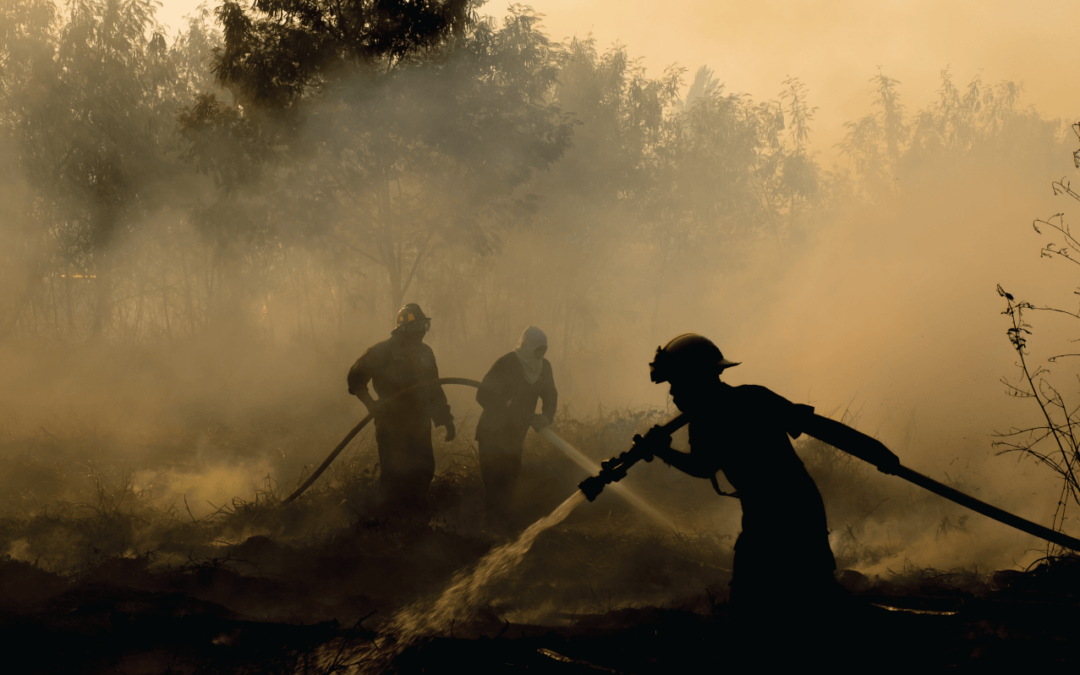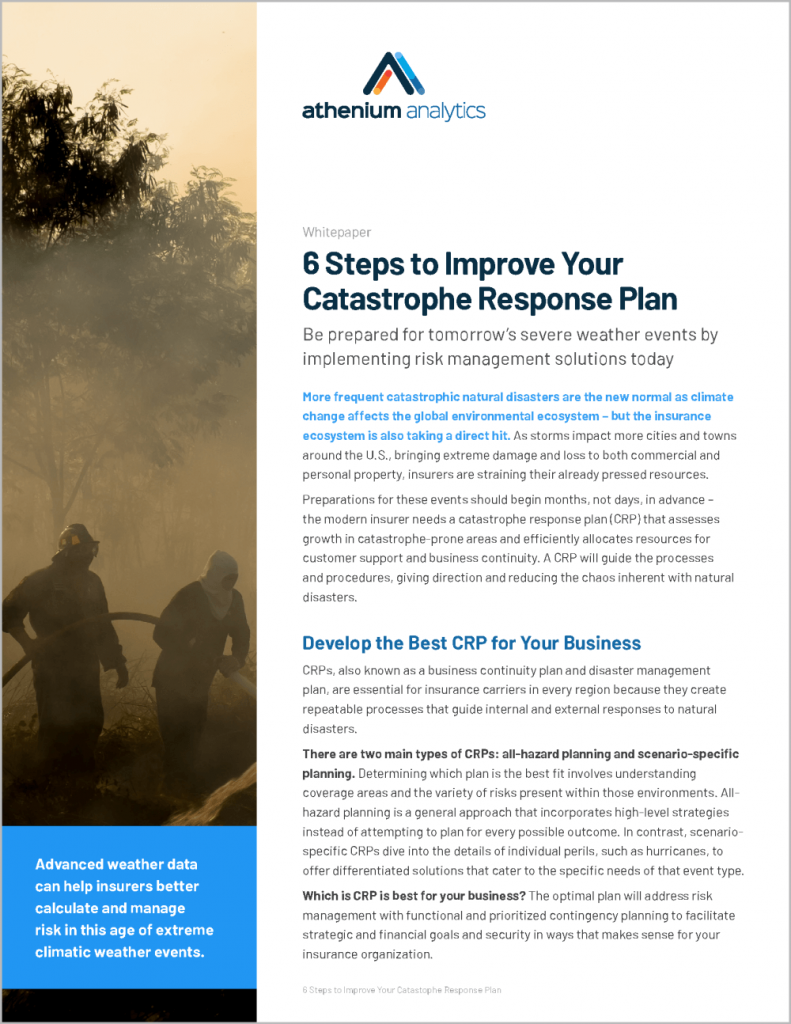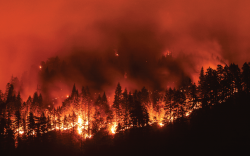Insurers can take steps to ensure their teams are equipped to handle the next major catastrophe now, before disaster hits. This means crafting guidelines and processes that will help you respond in real time to recover operations and maintain efficiency during catastrophic scenarios.
These catastrophe response plans (CRPs), also known as business continuity and disaster management plans, are your main line of defense against the chaos of extreme weather and peril events. The modern insurer needs a CRP that assesses growth in catastrophe-prone areas and efficiently allocates resources for customer support and business continuity. A good CRP will guide these processes and procedures.
Preparations for these events should begin months, not days, in advance. There are two main types of CRPs you can build:
- All-hazard planning is a general approach that incorporates high-level strategies instead of attempting to plan for every possible outcome.
- Scenario-specific planning dives into the details of individual perils, such as hurricanes, to offer differentiated solutions that cater to the specific needs of that event type.
Which CRP is best for your business? The one that addresses your risk management with functional and prioritized contingency planning to facilitate strategic and financial goals and security in ways that makes sense for your insurance organization.
Develop the best plan for your business needs
In our new whitepaper, “6 Steps to Improve Your Catastrophe Response Plan,“ we outline techniques you can follow to ensure you’re prepared today for tomorrow’s disaster. Among our tips:
- Build a cross-functional team comprising members from all facets of your organization. This team can rely on Gauge, our natural hazard risk scoring and assessment software, that allows you to overlay policies, monitor growth in catastrophe-prone areas and generate geospatial risk scores.
- Determine your maximum potential loss in every possible scenario. Beacon, our weather forecasting and notification tool, empowers you to mitigate losses from natural hazard events with extended alerting based on accurate proprietary forecasts.
- Link weather forensics data with claim information to verify claim accuracy. Dexter provides highly granular forensic event data to assess actual weather conditions against an overlaid policy footprint. Identify potential claims before the first notice of loss.
Download your free copy of the “6 Steps to Improve Your Catastrophe Response Plan” whitepaper now!
Are you ready to optimize your catastrophe response plan? Contact our expert sales consultants today to get started on the right-sized solution for your insurance needs. Forecast your future with Athenium Analytics.






